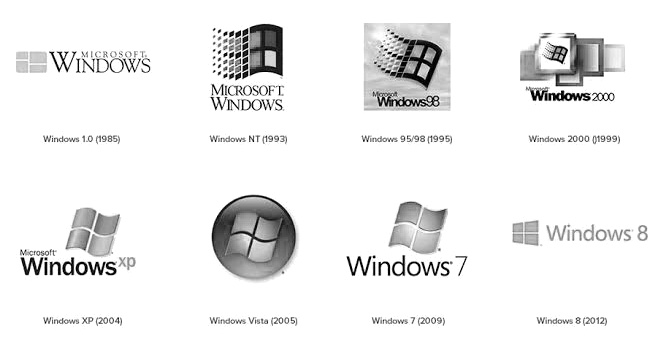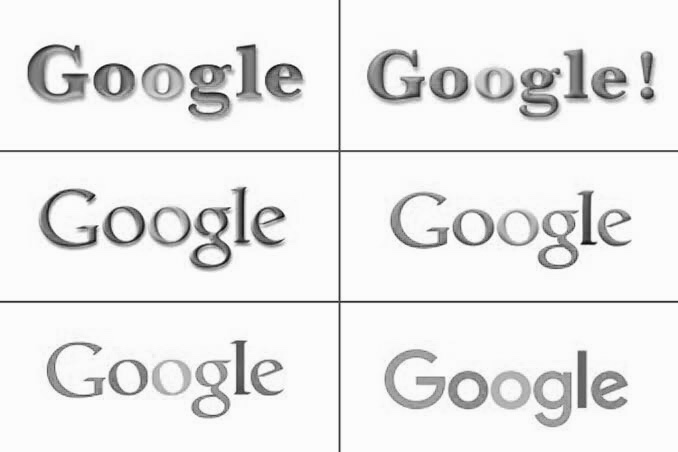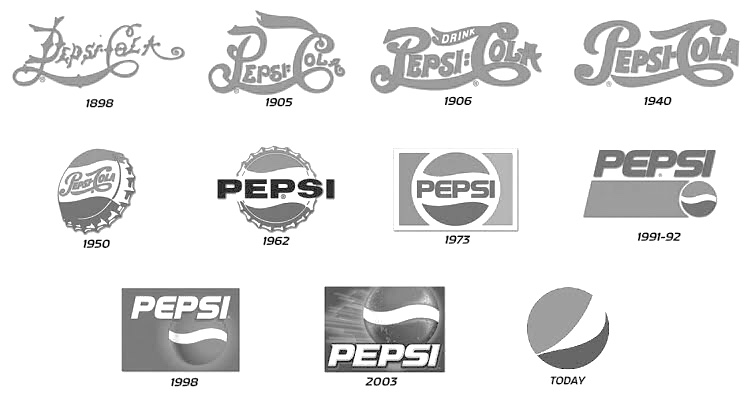Agile branding is the art of quickly creating and improving your brand positioning so you can iterate and improve your marketing. When you’re starting out on a new venture you may feel the need to map out every step of your go to market strategy in advance. Normal project planning would tell you that a detailed roadmap is a great way to execute a large project. But when it comes to branding and marketing, you are in a constant dance with your customer. And we all know that dancing can be chaotic. There is real value in taking a more iterative and agile approach to building your brand.
The book Lean Startup by Eric Ries is a great reminder of just how powerful the tools of lean thinking, agility and adaptability can be in growing a business. The iterative thinking from the world of product development can also be applied to marketing.
A truly agile brand is user-focused and iterative. Building an agile brand is not about the rituals of agile software development such as sprints, scrums, stand-ups, and retrospectives. Instead, it’s about adopting the customer cantered thinking of the agile mindset into every part of your marketing.
To create an agile brand you will likely still need an agile workflow and processes, but that’s not what will make your brand agile. Brand agility comes from a fundamentally agile and iterative approach.
In a large organisation where you’re looking to bring formal agile methods into the company to speed up the learning cycle for your day-to-day marketing, then the process may be more formalised. But the agile mindset of delivering customer value, testing things quickly and learning from your mistakes will be the same for big and small companies.

Branding all at once
To create an agile brand you are going to move forward on all fronts at once. Parallel processing is an unusual way for a company to create a new brand, but it’s remarkably similar to the way that an individual designer works when they are actually doing the job of designing a new brand.
I look at a brand as three main elements, the strategy & intent, the copywriting messaging,
1. Agile brand strategy
Creating and iterating a strategy is all about creating just enough strategic clarity to be able to make decisions and move forward day by day. Most strategies have so many different elements and so many different components that people spend as much time creating the strategy as they do
There is a saying in the sport of boxing that “Everyone has a game plan until they get punched in the face.” Your brand strategy needs to be able to adapt quickly in the face of adverse feedback. To be resilient, an agile brand strategy needs to answer three questions:
- Who do you want to serve?
- What pain do you solve for your audience?
- How do you do it better than your competitors and substitutes?
An agile approach to brand strategy means that the answer to these three questions may change on a week to week basis as you collect customer feedback and monitor the performance of your trial marketing campaigns.
2. Agile brand messaging
Having an agile tagline that is constantly being updated would seem like a weird thing to do, but the way that you describe your brand should be evolving as you learn from your ongoing customer discovery and market research. Therefore, you need to be able to change the way that you describe your business over time. You don’t want to lock too many things in too rigidly into your brand.
The link between strategy and copywriting is the stories that you tell. If you find yourself, on a repeated basis, re-telling particular anecdotes about your brand, then those are a good place to look for copywriting and key messages.
A story is the functional unit of meaning; it is a way of conveying meaning to an audience. You should aim to
The next important thing to
- With traditional ad agency copywriting you would rely entirely on market research, intuition and instinct to create pieces of communication that would persuade your audience.
- With agile approaches to copywriting you can test the effectiveness of different pieces of copy and improve it as you go. This approach draws as much from the direct marketing and direct response school of advertising as it does from ad agency copywriting.
3. Agile brand design
The visual design system can seem like the least agile part of a brand. However, in the age of digital communication, with the right tools you can constantly be improving and iterating your brand’s visual design.
Your visual appearance as a brand can be just as lean, agile and adaptable as any other part of your strategy.
- The problem is usually that companies are too reluctant to invest in good quality design as a priority and to continue investing in design over time.
- The other half of the problem is that the providers of design services have been far too willing to sell their wares as one-off batch-and-queue projects instead of fighting for retainers to act as brand stewards.
Designing a new corporate logo has become something that is so mystified and sacrosanct that it is impossible to imagine quick, small, agile improvements to a company’s logo over time. But if you step back and look at Shell’s logo over the years or Pepsi or Coke (or any great brand taken from a far enough viewpoint), they have
The challenge for a startup is simply to accelerate this process and to be willing to make changes faster to improve the brand. The unspoken restraint here is that startups are unwilling to invest in good visual design. It makes perfect sense for a startup to hire a developer and to be continually improving their product, yet somehow it seems self-indulgent for them to hire a graphic designer and to be continually improving their brand. This is because most startups misunderstand what design really is.
Good design doesn’t just make a product look good; good design makes a product work better for the user. Good design is

Clarity of strategy, message and design
Clarity is the key to agile branding. The way to create a brand that can survive rapid iteration is to increase the amount of clarity across strategy, messaging and design.
- A clear strategy will be repeatable and articulable to all of your team members. It will help guide all aspects of your decision making in marketing, product and customer experience.
- A clear set of messages to describe your brand and to persuade your audience will be more likely to be useful to the rest of your team and therefore more likely to be actively used.
- Clear visual identity, through
colours , fontsand shapes, increases the chances that your brand will be applied by the team members in a consistent and high-quality way.
An agile brand has a clear strategy, a clear message,
